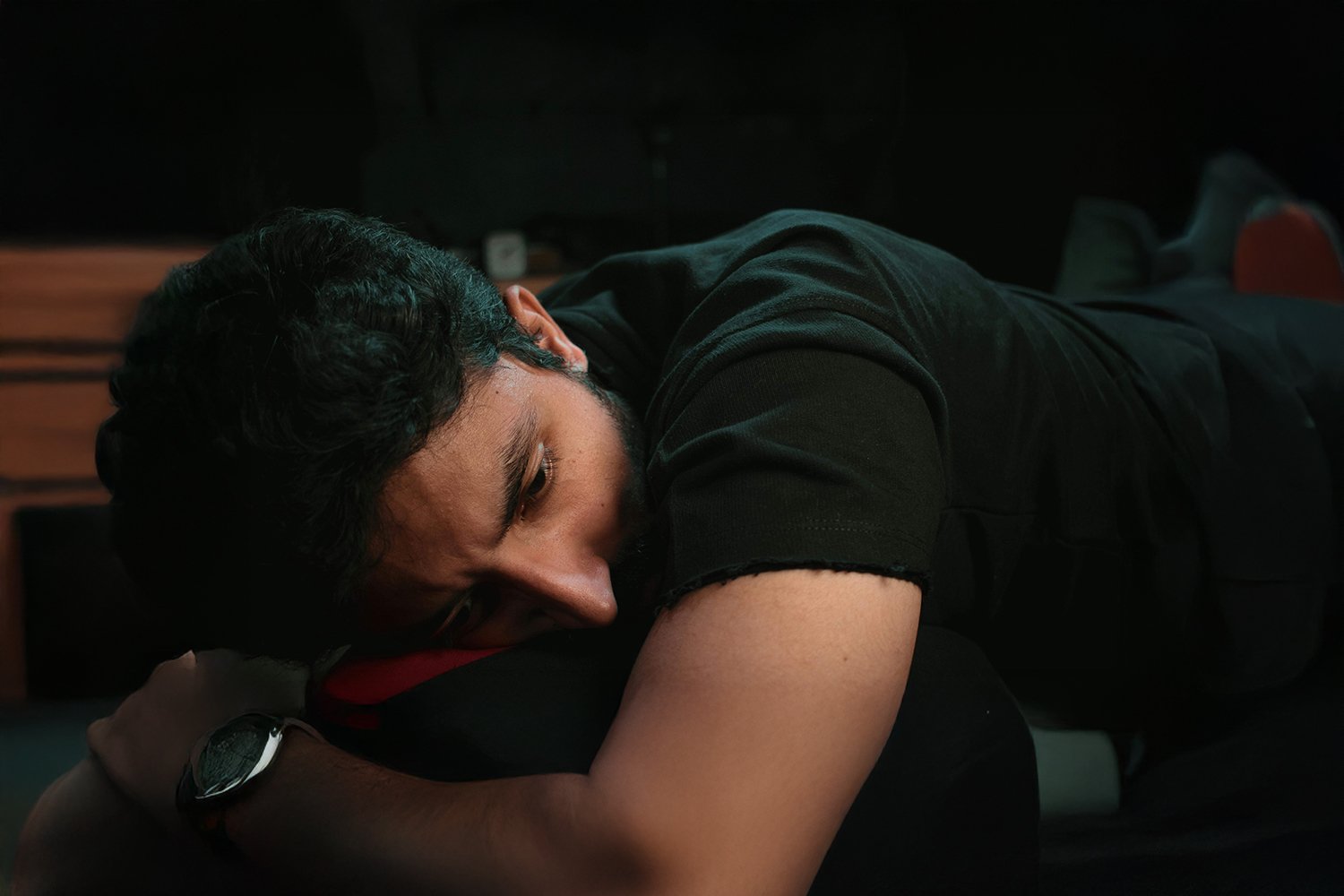Looking for Some Fresh Creative ways to Help You Heal from Trauma?
To Promote Healing, Practice Creating
When you think about healing from trauma, things like sharing your story, caring for your mind and body, and relying on your community all probably come to mind—as they should, because these things are proven to be central in healing from trauma. But what if we told you that getting your creative juices flowing— through simple and fun things like cooking, singing, candle-making, or indoor-herb-gardening— plays a major role in helping you heal from trauma, too? Even better—what if we told you that everyone is creative, career artists and full-time accountants alike?
Everyone is Creative—Yes, Even you!
There’s a pervasive myth that some people are creative, and some aren’t. It goes like this: Sure, we all finger-painted as children; but the truly creative ones kept at it, while the not-so-creative, “left-brained” rest of us went on to work as financial analysts, medical professionals, or administrative-anything’s. Right?
Wrong. The truth is, creativity is required for every one of those professions! Just because you don’t play a musical instrument, write poetry, or paint pottery (yet) doesn’t mean you’re one of the unlucky ones who lacks creative DNA.
In the article Creativity is for Everyone, Forbes helpfully distinguishes between radical, “revolutionary” creativity (think: the Steve Jobs and Michelangelos of this world) versus the incremental, “evolutionary,” everyday creativity that we can all apply to our jobs each day—whether you’re a salesperson, a full time parent, or an IT specialist. And even outside of the professional realm, we’re all wired to create, and we all benefit when we do—particularly those of us who have experienced trauma.
How Creativity Cultivates Emotional Health and Healing
At the most basic level, trauma is destructive. Though it doesn’t have to determine the course or quality of the rest of your life, by nature, trauma tears down, takes, and corrodes—trust, hope, peace, and a sense of security. Creativity, on the other hand, is productive—it builds up, gives, and renews. Engaging in creative pursuits after experiencing trauma is a way of saying, “Though I have been wounded, and some things have been lost, there is hope for me. Beauty and new life can come forth, even from ashes.”
Extensive research shows that creativity decreases stress and anxiety in general. Not only that, it lessens the feelings of anger, shame, hopelessness, and depression that often arise after experiencing trauma. It also helps PTSD sufferers express their true feelings; people who participate in art therapy report being able to communicate emotions on the canvas that they haven’t yet been able to vocalize with words.
Artistic self-expression (of any sort) is also shown to sharpen the mind, strengthen one’s memory, boost the immune system, improve self-esteem, increase one’s sense of agency over the present and the future, heighten problem-solving skills, and decrease chronic pain. With your mind and body functioning at their higher capacities, healing from trauma is a whole lot less daunting and a whole lot more doable.
So what are you waiting for? No matter what you’ve experienced, or how uncreative you think you are, you were wired to create, and you just may begin to experience the healing—and thriving—you’re hoping for when you do.
Verified Sources: Cleveland Clinic, VeryWell Mind, Memorial Care, and Medical News Today
Put It Into Practice
Cultivating Creativity
Here are 5 exercises to start strengthening your creative muscles, whether you’re a career artist or a computer programmer:
1) Enjoy Beautiful Creations
This one may sound like cheating, but one of the best ways to get your creative juices flowing is to enjoy other people’s creations! Plan a museum visit, listen to a new album, read a novel, or simply take in the great outdoors—it doesn’t get more beautiful (or more creative!) than creation itself!
2) Sign Up for a Class
Most cities have a sip-and-paint studio, where you’re guided by a professional to create your own watercolor or acrylic—why not try it out? There are also plenty of cooking, gardening, candle-making, and pottery classes to go around.
Pro Tip: The internet is filled with free videos, articles, and classes taught by DIY experts. Whether you want to make a chair or a charcuterie board, there’s a how-to for that. Case in point: Potato-Stamped Art.
3) Redecorate You Home
You don’t have to be an interior designer to do some redecorating. Try shifting around some furniture and art or reorganizing the books and nicknacks on your shelves. You could even visit a thrift store beforehand to buy some re-purposable items to incorporate.
4) Cook or Bake Something New
Cooking or baking from scratch can be immensely rewarding. There’s something special about starting off with un-chopped veggies and raw meat, or a lump of dough and a measuring cup of milk, and finishing with a home-cooked meal or a loaf baked with love.
5) Write It Out
Writing is creative! One minute, you have a blank page; the next, you’ve got… well, anything you want! Mail a handwritten letter or postcard to a friend, crank out a bucket-list, journal your emotions using the Feelings Wheel, or come up with a story, song, poem, or anything else your heart desires (and mind dreams up).
Other Articles About Healing from Trauma
Luke Lewallen, Mental Health Counselor



